The story of sugar plantations is a tale as sweet as it is bitter. A walk through the history of sugar cultivation reveals a complex relationship between human progress and environmental degradation. As swathes of verdant forests were sacrificed at the altar of agricultural expansion, the delicate balance of ecosystems was disrupted, giving rise to a myriad of consequences. This article delves into the intricate interplay between sugar plantations and deforestation, unpacking the costs of our insatiable demand for one of the world’s most beloved commodities.
The Rise of Sugar Plantations
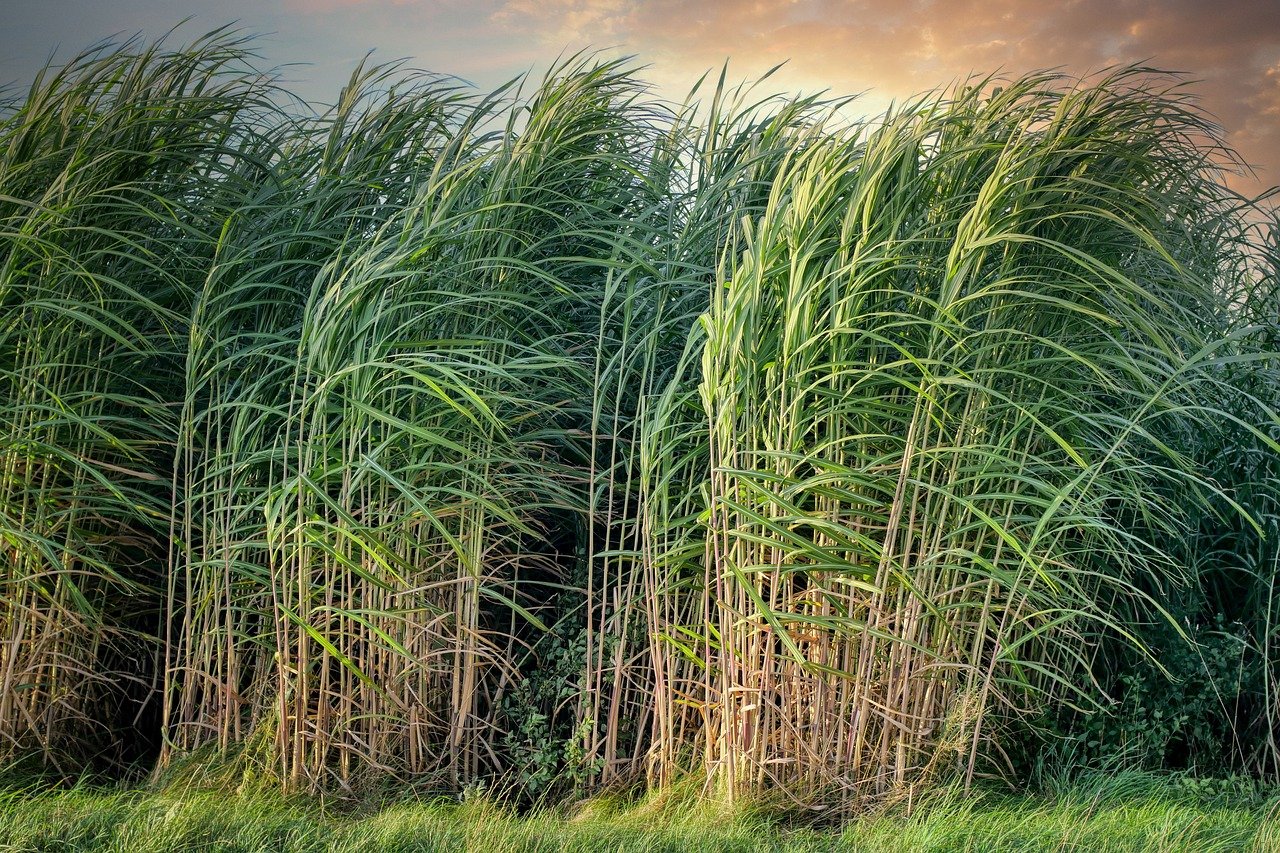
From the crystalline shores of the Caribbean to the steamy fields of Southeast Asia, sugar plantations have carved their place in the annals of history. The demand for sugar soared in the 16th and 17th centuries, transforming it from a luxury item into a staple in the diets of many. This rise in demand led to the establishment of vast plantations across tropical regions, where the warm climate and fertile soils provided the perfect conditions for sugarcane cultivation. These plantations quickly became the backbone of colonial economies, their profits fueling the coffers of empires.
Forests: The First Casualty of Expansion
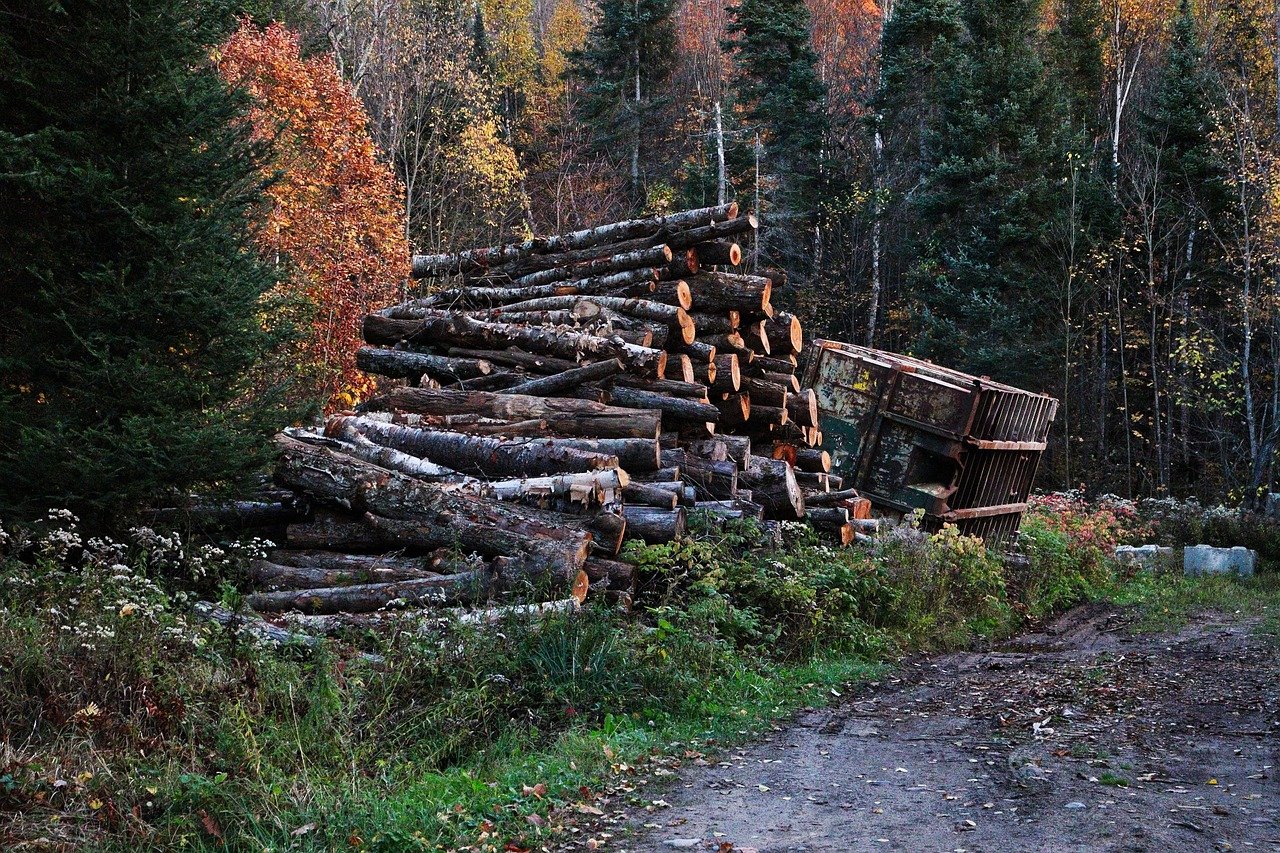
To make way for sugar plantations, lush forests were razed, their trees felled in an unrelenting march of progress. This deforestation was not just a physical transformation of landscapes but a deeper assault on the rich biodiversity that these forests harbored. Once teeming with life, these ecosystems found themselves under siege, their inhabitants displaced or destroyed. The loss of forests meant the loss of habitats, leading to the extinction of numerous species that once called these green havens home.
Environmental Consequences of Deforestation
The environmental impact of deforestation for sugar plantations extends far beyond the immediate loss of trees. The clearing of forests disrupts the carbon cycle, as trees that once absorbed carbon dioxide are replaced by crops that cannot match their carbon-sequestering capabilities. This contributes to the accumulation of greenhouse gases in the atmosphere, exacerbating the global climate crisis. Furthermore, soil erosion becomes a pressing issue, as the absence of tree roots leaves the earth vulnerable to the ravages of wind and rain.
Sugar Plantations and Water Resources
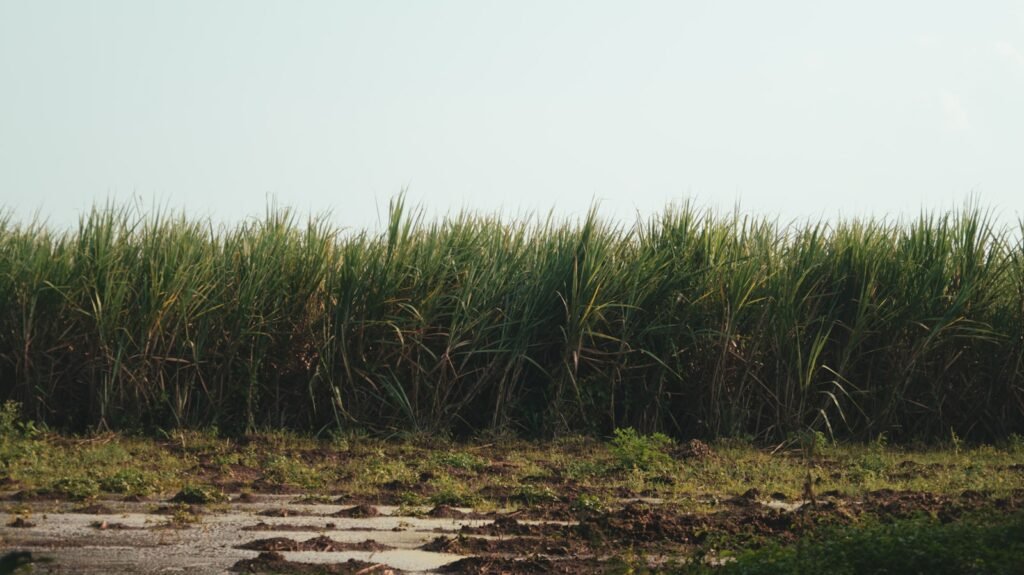
The cultivation of sugarcane demands an abundance of water, placing immense pressure on local water resources. Rivers and lakes are diverted to irrigate fields, often leading to the depletion of these vital water bodies. This not only affects the availability of water for human consumption but also disrupts aquatic ecosystems, threatening the survival of species that depend on these habitats. The relentless thirst of sugar plantations leaves a lasting mark on the hydrological balance of affected areas.
Social Implications of Plantation Expansion
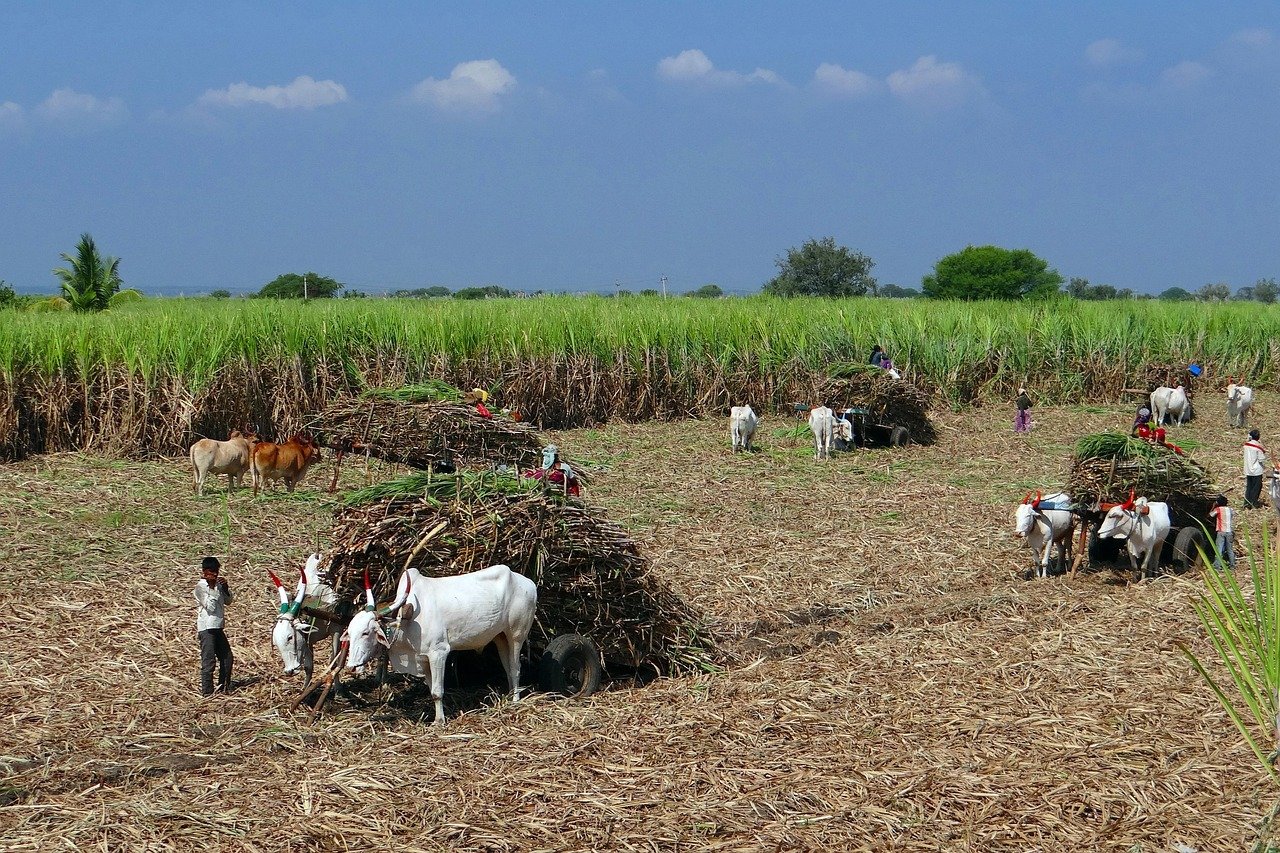
The expansion of sugar plantations has not only reshaped landscapes but also societies. Indigenous communities and local populations often find themselves displaced, their ancestral lands converted into fields of sugarcane. This loss of land disrupts traditional ways of life, eroding cultural identities and leading to conflicts over land rights. Moreover, the labor-intensive nature of sugar cultivation has historically been associated with exploitative labor practices, casting a long shadow over the industry.
Economic Drivers and Global Demand
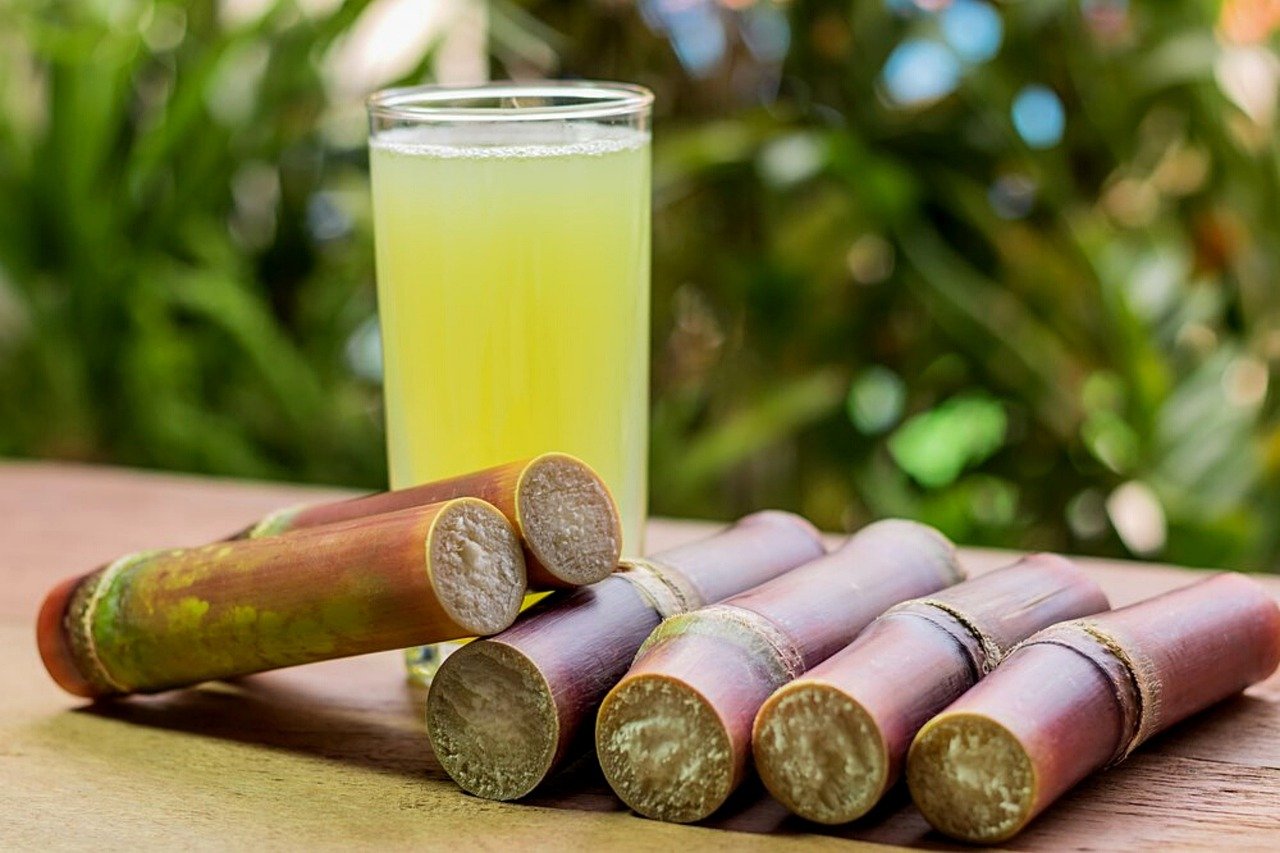
The relentless march of sugar plantations is driven by the global demand for sugar, a demand that shows no signs of abating. Sugar is a ubiquitous ingredient, found in everything from baked goods to beverages, and its consumption continues to rise worldwide. This insatiable appetite fuels the expansion of plantations, as producers seek to meet the ever-growing demand. Economic incentives often outweigh environmental considerations, perpetuating the cycle of expansion and deforestation.
Alternative Approaches to Sugar Production
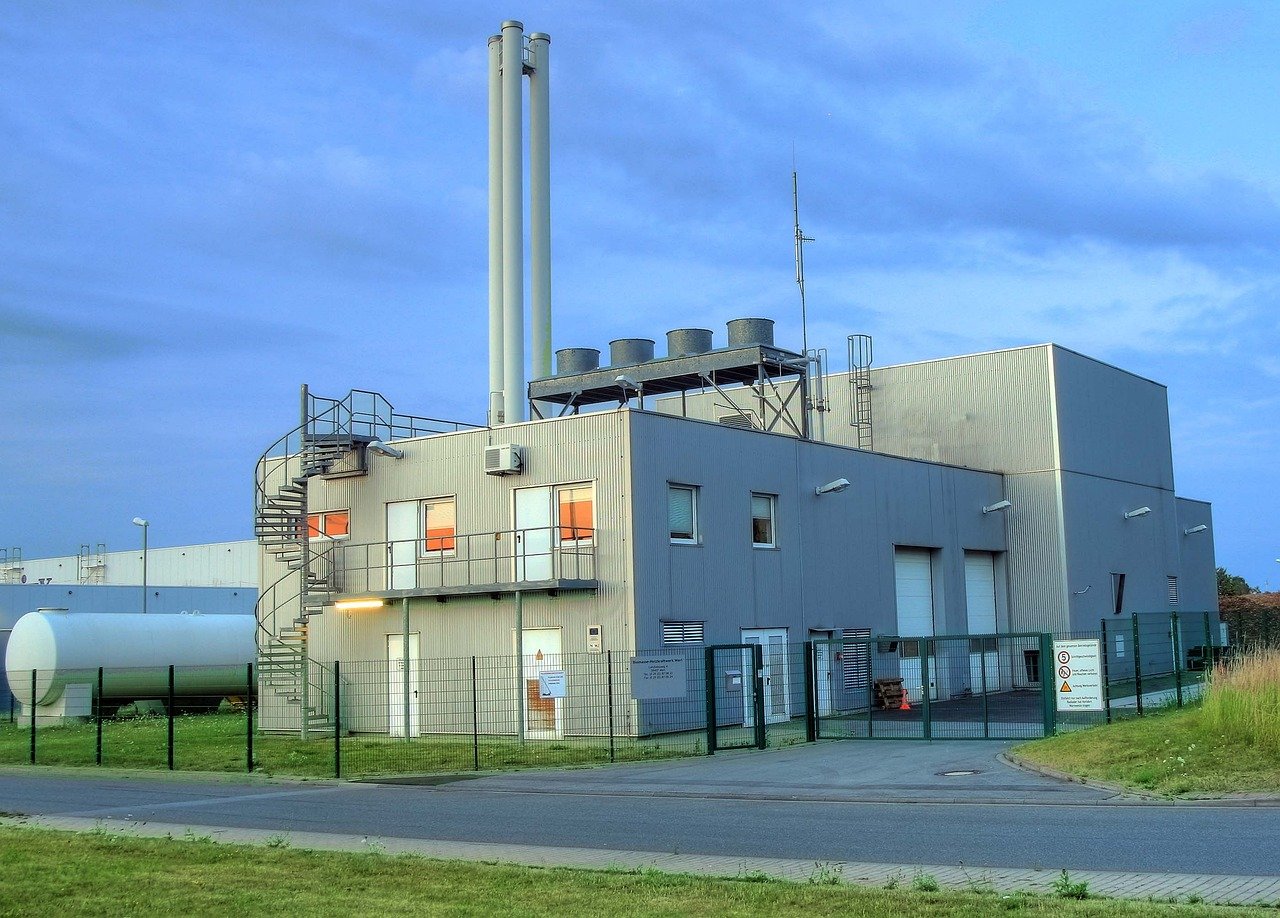
In response to the environmental and social challenges posed by traditional sugar plantations, alternative approaches to sugar production are emerging. Sustainable agriculture practices aim to minimize the ecological footprint of sugar cultivation, emphasizing biodiversity conservation and soil health. Innovations such as agroforestry, which integrates trees with crops, offer promising avenues for balancing sugar production with environmental stewardship. These approaches seek to harmonize human needs with the preservation of natural ecosystems.
The Role of Consumers in Driving Change
Consumers hold significant power in shaping the future of sugar production. By choosing sustainably sourced sugar, consumers can support practices that prioritize environmental and social responsibility. Awareness campaigns and certifications, such as Fair Trade and organic labels, empower consumers to make informed choices that reflect their values. As demand for sustainably produced sugar grows, producers are incentivized to adopt more sustainable practices, driving positive change in the industry.
Technological Innovations in Agriculture
Technological advancements offer new possibilities for reducing the environmental impact of sugar plantations. Precision agriculture, for example, uses data analytics and remote sensing to optimize resource use, minimizing waste and maximizing efficiency. Genetic research is also underway to develop sugarcane varieties that require less water and are more resilient to environmental stresses. These innovations hold the potential to transform sugar cultivation into a more sustainable and environmentally friendly endeavor.
A Call to Action for a Sustainable Future
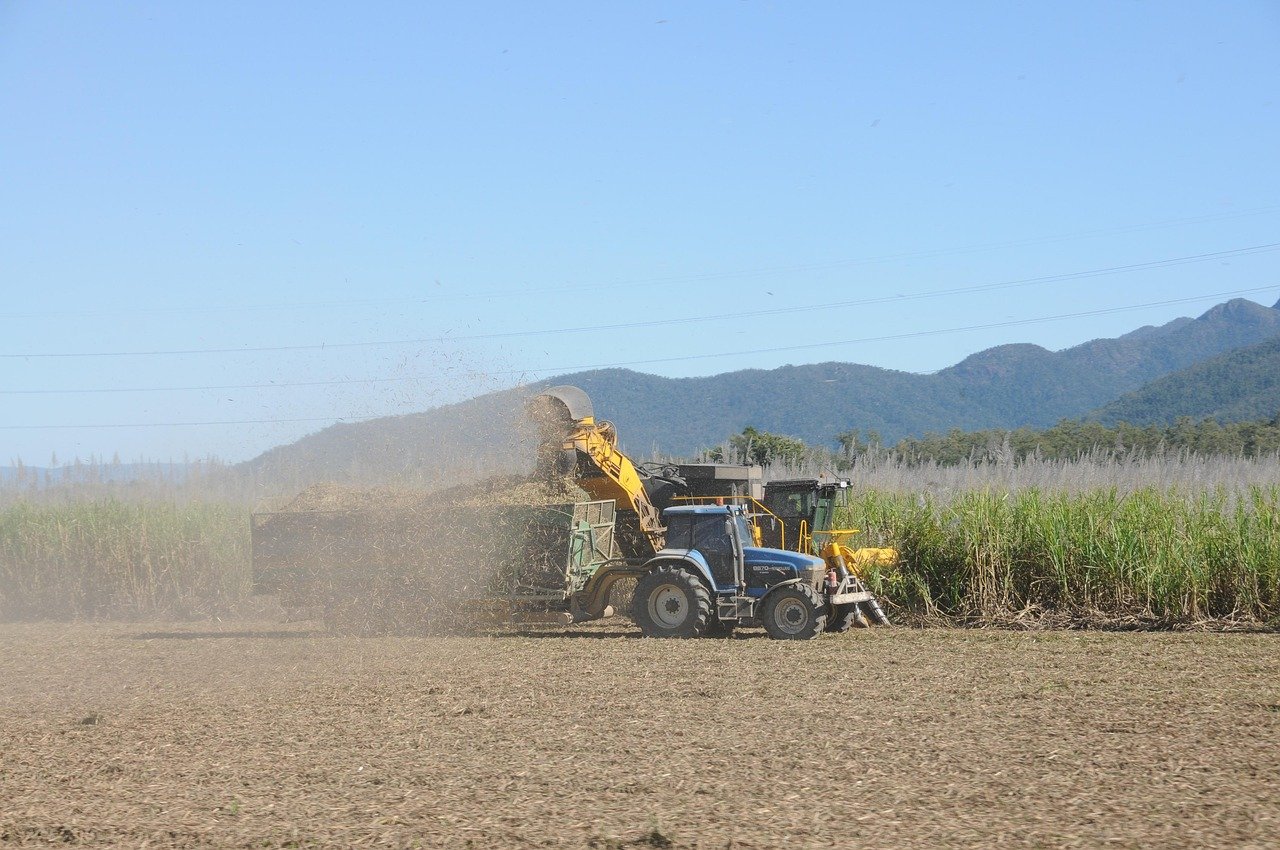
The story of sugar plantations and lost forests serves as a poignant reminder of the complex interplay between human progress and environmental stewardship. As we move forward, it is imperative that we strike a balance between meeting our needs and safeguarding the natural world. By embracing sustainable practices, supporting responsible producers, and making conscious choices, we can ensure that the sweet allure of sugar does not come at the cost of our precious forests and ecosystems.




